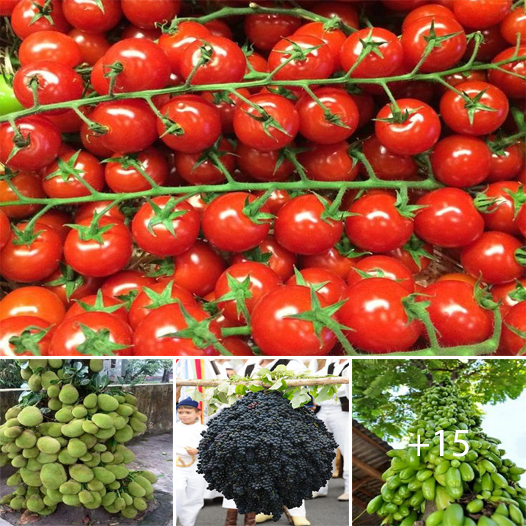Unlocking the Secrets of Fruit Production in Trees
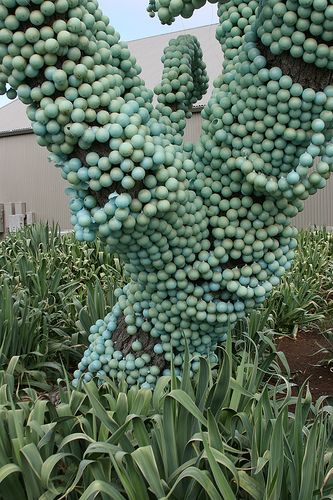
Plants showcase an astonishing array of fruit production in the diverse world of nature. While some trees generously bear abundant fruit, others sadly yield little to none. Understanding the underlying causes behind these variations offers valuable insights into the fascinating complexities of plant life.
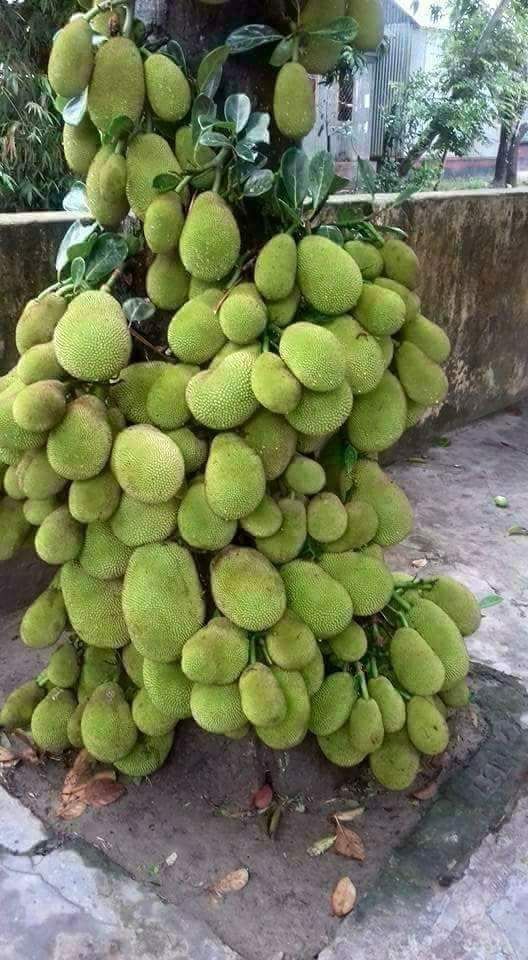
This article delves into the factors influencing fruit production in trees and explores why some thrive while others struggle.
One of the primary factors that determine fruit yield is the genetic makeup of the tree. Just as children inherit certain qualities from their parents, plants also acquire traits that affect their ability to bear fruit.
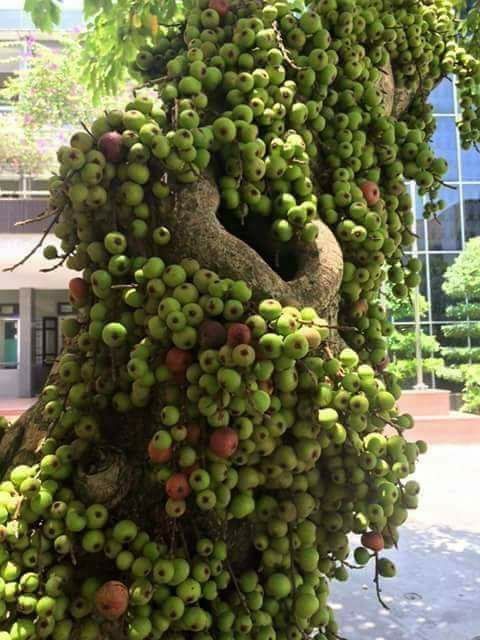
While certain tree species may lack the genetic characteristics required for prolific fruiting, others have been selectively bred or naturally evolved to possess high fruit production rates.
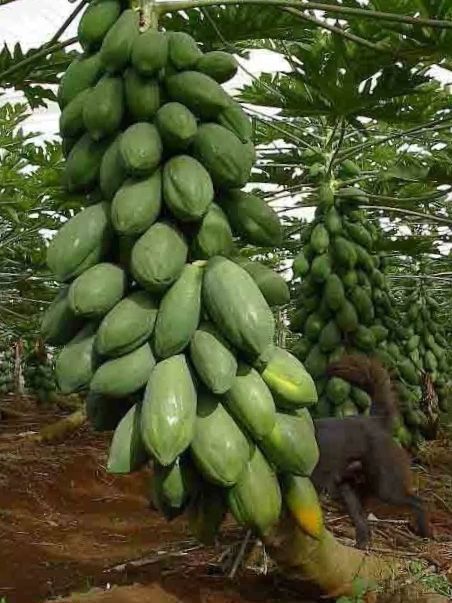
Environmental conditions play a crucial role in fruit production. To flourish and provide a bountiful harvest, trees require specific climatic variables, such as temperature, humidity, and sunlight.
Insufficient sunshine, harsh weather, or inadequate pollination due to the absence of the right pollinators can contribute to low fruit output.
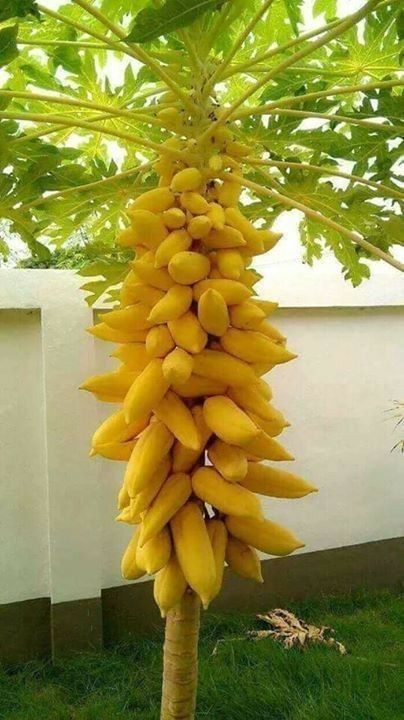
Many plant species rely on pollination, the transfer of pollen from the male to the female reproductive organs, to produce fruit.
Some plants depend on insects, birds, or other animals for pollination, while others rely on wind or water. If the necessary pollinators are scarce or absent, fruit yield can be significantly reduced.
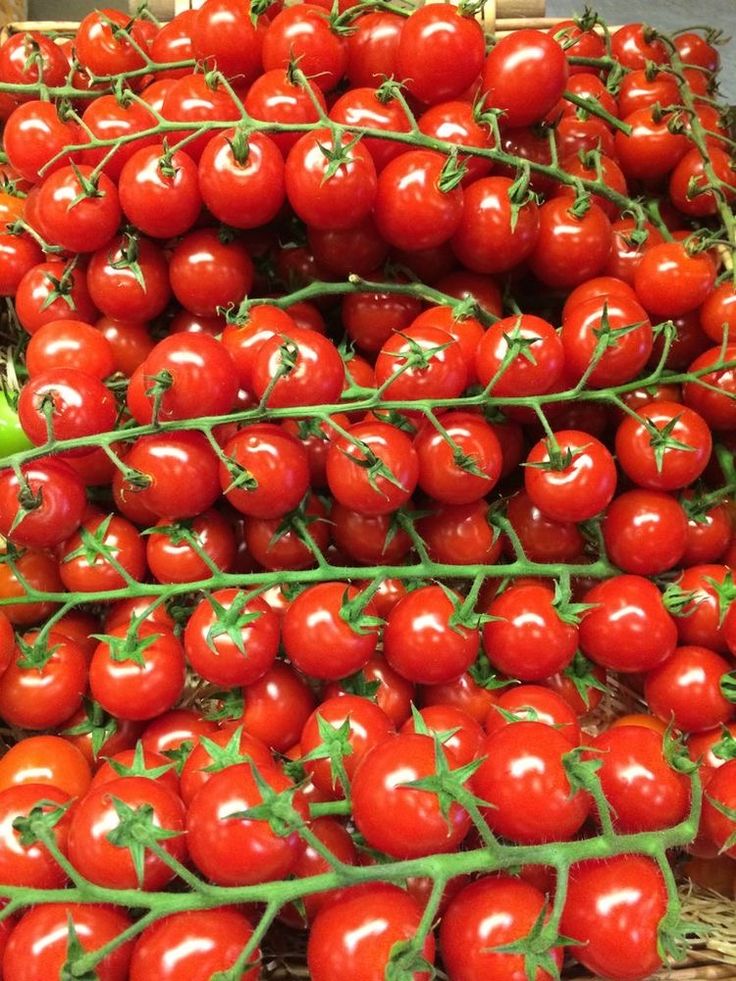
The age of a tree also influences its fruit-bearing capacity. Most fruit-bearing trees require several years to mature and begin producing a substantial amount of fruit.
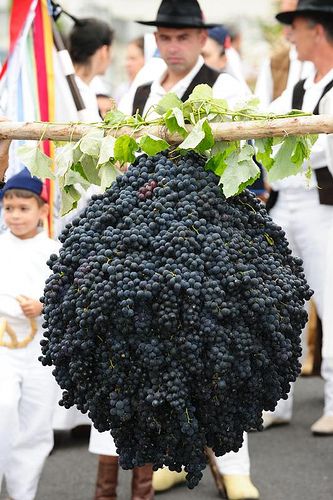
Young trees often prioritize energy allocation towards growth and establishment rather than fruit production. As trees age, their potential for fruiting increases, making patience a virtue when cultivating these trees.
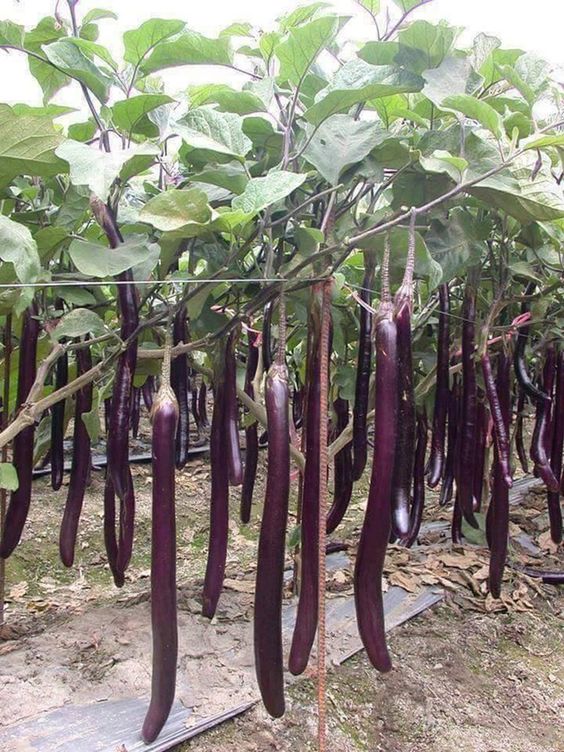
Proper nutrition is essential for plants to grow and bear fruit. Trees that lack vital nutrients such as nitrogen, phosphorus, or potassium may experience stunted growth and produce fewer fruits.
By implementing appropriate fertilization and soil management techniques, nutrient deficiencies can be addressed, and fruit production can be stimulated.
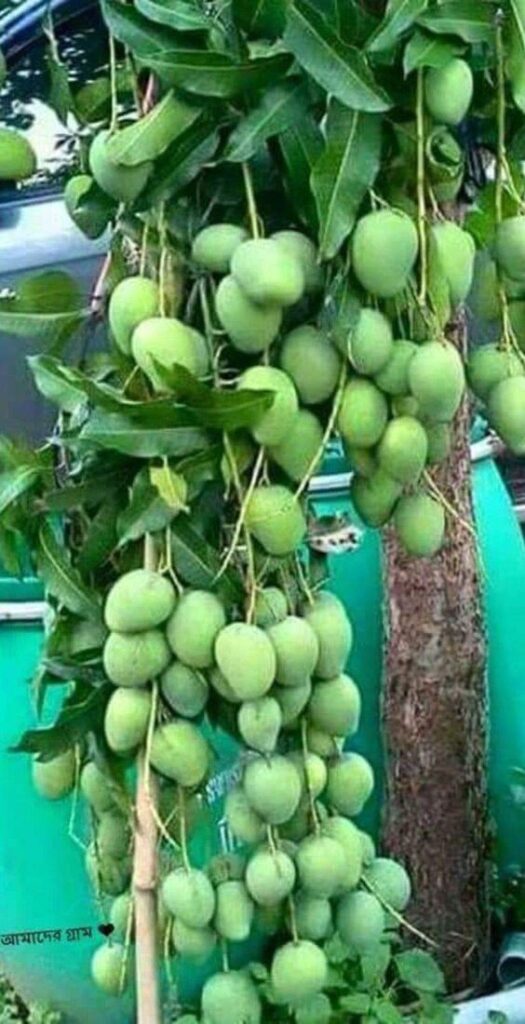
The world of fruit-bearing plants is diverse and intricate. While some trees generously gift us with mouthwatering fruits, others may appear less productive or fail to yield any fruit at all. The varying yields of different tree species are influenced by genetic variability, environmental conditions, pollination dynamics, plant age, and nutrient availability.
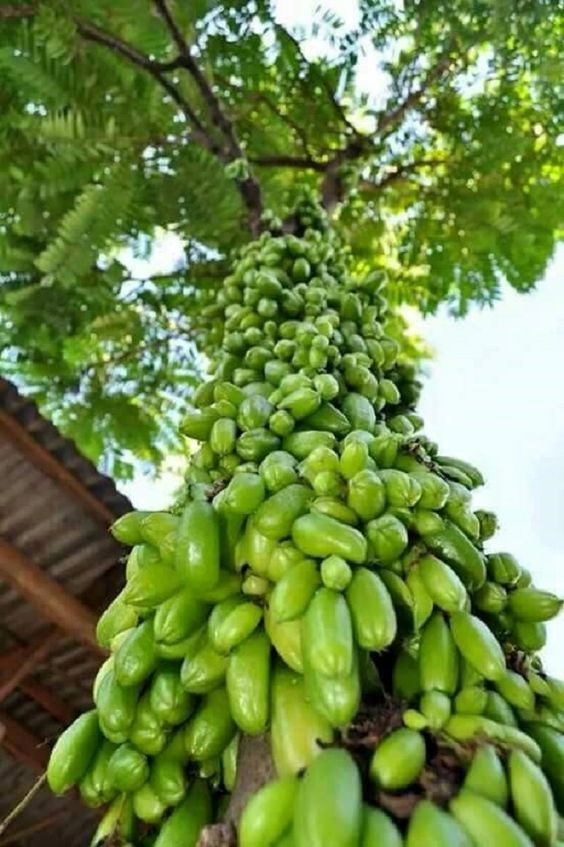
Understanding these factors empowers us to make informed choices in cultivating and caring for fruit trees, maximizing their potential and reaping the numerous benefits they offer.
In conclusion, the production of fruit in trees is a fascinating subject that encompasses a multitude of factors. Genetic makeup, environmental conditions, pollination dynamics, plant age, and nutrient availability all play crucial roles in determining the fruit yield of different tree species.

By comprehending these intricacies, we can make informed decisions when it comes to cultivating and nurturing fruit trees, ensuring optimal productivity and reaping the rewards they bestow upon us.
Please LIKE and SHARE to your friends and family!
